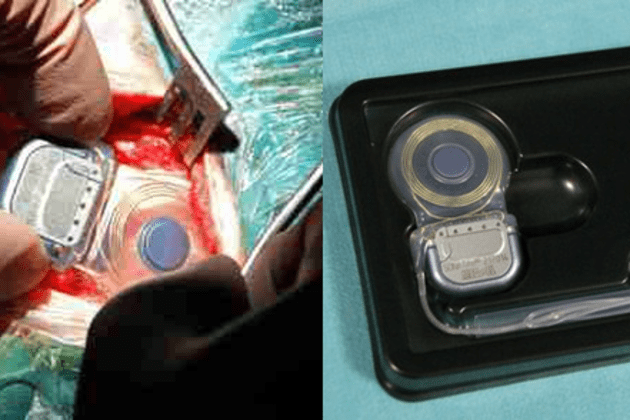
Physicians at the Maastricht University Medical Center implanted two patients with vestibular prostheses. These implants are similar to a cochlear implant, but instead of sound, conveys orientation and acceleration information to the vestibular organ that assists in preserving balance.
According to lead implanter Prof. Robert Stokroos, preliminary assessment is promising, and research will be conducted to determine if the brain can integrate the information from these implants to restore balance to the patients.
There have been a number of prior human implants of different vestibular devices. For example, in 2010 Jean-Philippe Guyot implanted a vestibular nerve stimulation device in a human subject. Their work was published in March 2011. The device was a modified Med-El cochlear implant using an electrode that was implanted near the left posterior ampullary nerve. In addition, Washington University implanted a device based on a similar approach (a modified Nucleus device by Cochlear Ltd.) on Oct. 21, 2010. It must be noted however that these prior devices do not sense head motion, but were designed to override abnormal vestibular signals. On the other hand, from the sketchy details that have appeared, it seems that the devices implanted in Maastricht are the first true vestibular prostheses capable of responding to orientation and acceleration.
